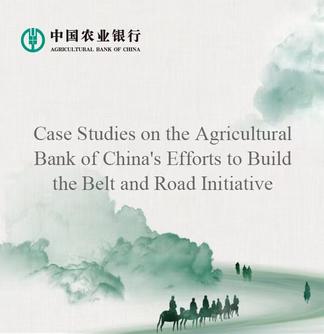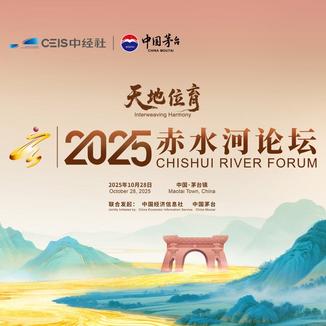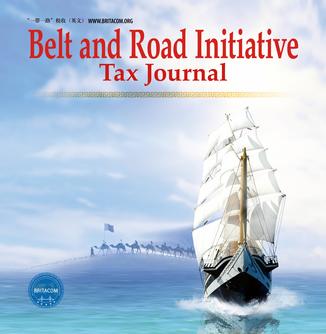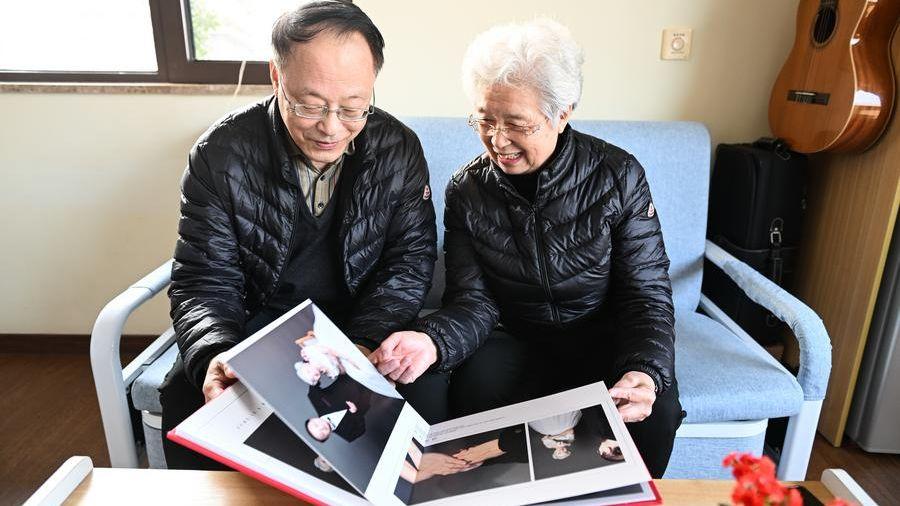HARBIN, Aug. 5 (Xinhua) -- China's silver economy is shifting from basic support to quality consumption that emphasizes personal experience and attentive service, a move creating fresh opportunities for healthcare tourism, said Han Hua, vice president of the China Association of Social Welfare and Senior Service.
Han made the remarks at the "Integrated Development of Healthcare Tourism and the Silver Economy" forum during the 2025 Entrepreneurs Sun Island Annual Conference held on Monday in Harbin, capital city of northeast China's Heilongjiang Province. She joined scholars, experts and senior care representatives in discussing this emerging economic sector.
Driven by policy support, market demand and technological innovation, China's elderly care services have expanded rapidly -- fueling robust growth in the silver economy, which is currently valued at approximately 7 trillion yuan (about 980 billion U.S. dollars) and is projected to reach 30 trillion yuan by 2035.
As demand for senior-oriented services increases, healthcare tourism, positioned at the intersection of the silver economy and health industry, has become a key means to enhance elderly well-being and drive high-quality economic growth.
Han emphasized the symbiotic relationship between healthcare tourism and the silver economy, noting that "healthcare tourism directly stimulates consumption across transportation, accommodation, catering, healthcare and cultural industries. It unlocks underutilized assets, boosts employment and generates sustained economic output."
"Conversely, strengthened local economies enhance supporting infrastructure like transport, medical facilities and cultural amenities, positioning healthcare tourism as a significant contributor to regional development," she said.
Han noted that healthcare tourism now accounts for nearly 20 percent of silver economy consumption -- with annual sector growth estimated at 15 to 20 percent.
Song Shouyi, director general of the Kangyang Branch of the China Association of Gerontology and Geriatrics, said that senior healthcare tourism is reshaping China's tourism landscape.
"Senior travel has evolved from 'compensatory trips' to mainstream consumption, while projects are shifting from resource-driven to service-driven collaborative models," Song said.
Future projects, he added, should pivot from "large-scale and all-inclusive" to "smaller, specialized offerings" targeting niche demographics -- leveraging opportunities in chronic disease management, cultural engagement for educated retirees and evolving intergenerational support structures.
Du Peng, dean of the School of Population and Health and director of the Institute of Gerontology at Renmin University of China, noted improving conditions for healthcare tourism, including stronger market foundations, refined policies, shifting consumption patterns and growing acceptance of positive aging mindsets.
He stressed China's transition into a "longevity society," urging local authorities to develop big data platforms for smart elderly care services and promote urban-rural integration to bolster both social welfare and the silver economy's sustainability.
"While the silver economy encompasses three key objectives, namely well-being enhancement, economic growth and social development, improving people's livelihoods remains fundamental," Du said. "Only by tangibly raising seniors' quality of life and dignity, and extending these benefits across society, can China fully unlock the consumption potential of healthcare tourism and related silver economy sectors."




 A single purchase
A single purchase









